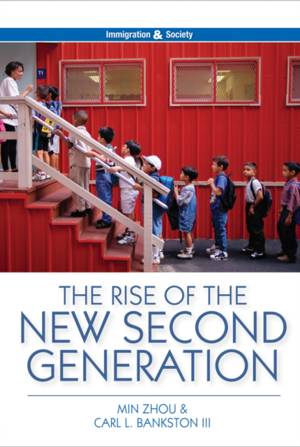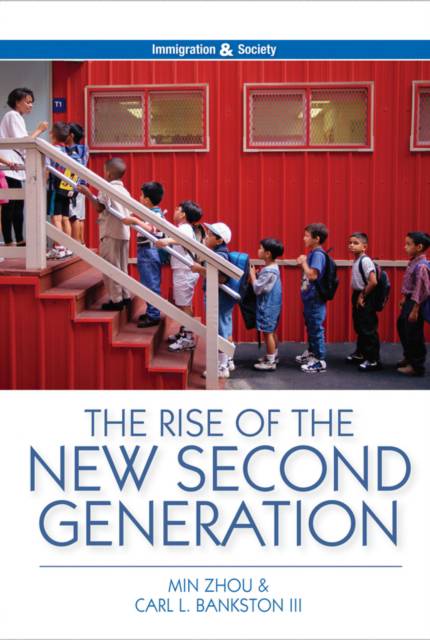
- Afhalen na 1 uur in een winkel met voorraad
- Gratis thuislevering in België vanaf € 30
- Ruim aanbod met 7 miljoen producten
- Afhalen na 1 uur in een winkel met voorraad
- Gratis thuislevering in België vanaf € 30
- Ruim aanbod met 7 miljoen producten
Zoeken
Omschrijving
In this age of migration, more and more children are growing up in immigrant or transnational families. The "new second generation" refers to foreign-born and native-born children of immigrants who have come of age at the turn of the twenty-first century. This book is about this new generation in the world�s largest host country of international migration - the United States.
Recognizing that immigration is an intergenerational phenomenon - and one that is always evolving - the authors begin by asking "Do members of the new second generation follow the same pathways taken by the 'old' second generation?" They consider the relevance of assimilation approaches to understanding the lived experiences of the new second generation, and show that the demographic characteristics of today's immigrant groups and changing social, economic, and cultural contexts require new thinking and paradigms. Ultimately, the book offers a view of how American society is shaping the life chances of members of this new second generation and how today's second generation, in turn, is shaping a new America.
Designed as a rich overview for general readers and students, and as a concise summary for scholars, this book will be an essential work for all interested in contemporary issues of race, ethnicity, and migration.
Recognizing that immigration is an intergenerational phenomenon - and one that is always evolving - the authors begin by asking "Do members of the new second generation follow the same pathways taken by the 'old' second generation?" They consider the relevance of assimilation approaches to understanding the lived experiences of the new second generation, and show that the demographic characteristics of today's immigrant groups and changing social, economic, and cultural contexts require new thinking and paradigms. Ultimately, the book offers a view of how American society is shaping the life chances of members of this new second generation and how today's second generation, in turn, is shaping a new America.
Designed as a rich overview for general readers and students, and as a concise summary for scholars, this book will be an essential work for all interested in contemporary issues of race, ethnicity, and migration.
Specificaties
Betrokkenen
- Auteur(s):
- Uitgeverij:
Inhoud
- Aantal bladzijden:
- 224
- Taal:
- Engels
- Reeks:
Eigenschappen
- Productcode (EAN):
- 9780745684680
- Verschijningsdatum:
- 21/03/2016
- Uitvoering:
- Hardcover
- Formaat:
- Genaaid
- Afmetingen:
- 150 mm x 213 mm
- Gewicht:
- 430 g

Alleen bij Standaard Boekhandel
+ 189 punten op je klantenkaart van Standaard Boekhandel
Beoordelingen
We publiceren alleen reviews die voldoen aan de voorwaarden voor reviews. Bekijk onze voorwaarden voor reviews.











